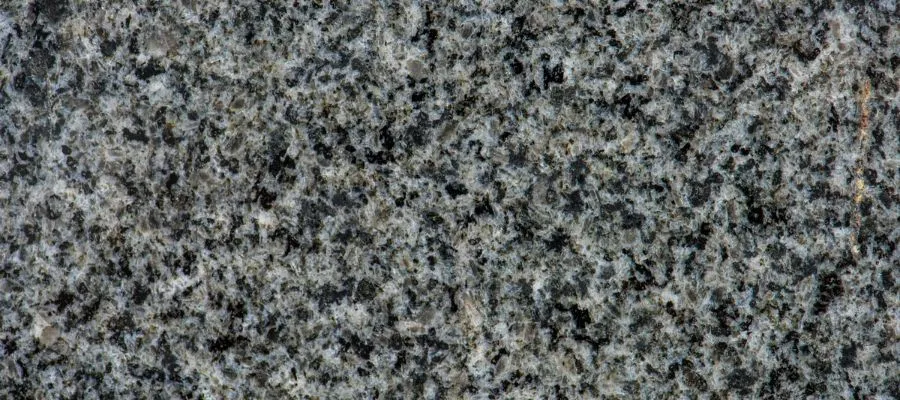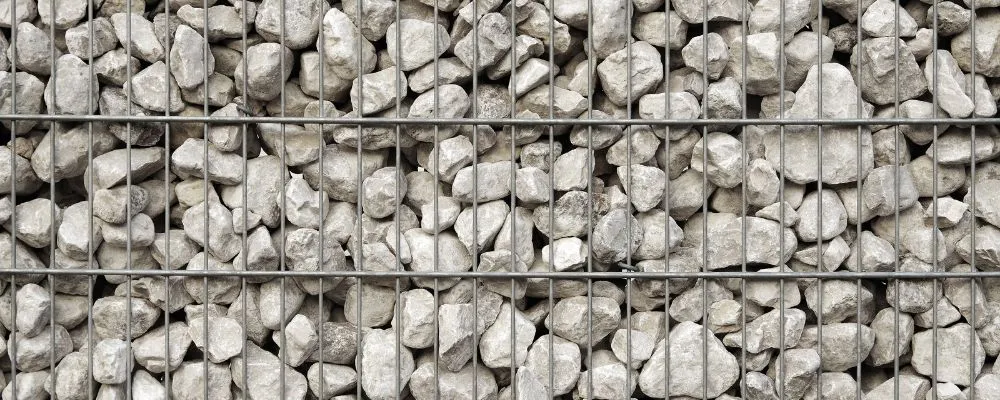Building a house is a challenging process that needs a careful choice of materials. Stone is a significant material because it is both durable and elegant, with unique properties that make a house more functional and appealing. In this blog Brick & Bolt will talk about the various types of stones used in home construction and the advantages of stone.
What is a Building Stone in Home Construction?
Stones that have been extracted and shaped to be used in construction are known as building stones. People use stones in the construction process due to their strength, elegance, and durability. They are used on exterior surfaces, floors, and walls, among other things. Common types of building stones include granite, marble, limestone, and sandstone. Everyone has unique advantages and qualities. When they are used in construction, houses become stronger and more visually appealing.
Types of Stones in Home Construction

There are many different types of stones used in construction based on the materials and their usage. Some of the common types of stones are mentioned below, and they are-
- Granite Stone
- Marble Stone
- Limestone
- Slate Stone
- Sandstone
- Quartz Stone
- Basalt Stone
- Travertine Stone
- Pumice Stone
1. Granite Stone:
Granite is a highly preferred material for home construction because of its appealing appearance and long lifespan. Granite is an igneous rock made when molten magma is cooled. Granite is a composition of quartz, feldspar, and mica, and it gives a granular texture and a range of colours from polished black to pastel pink. In addition, Granite flooring is considered one of the best flooring options for your home because it has very good features.
2. Marble Stone:
Marble has always been associated with elegance and is used in sculptures and architecture. Marble is created when limestone is heated at a high temperature and under intense pressure. Marble is known for its veining feature and range of colours because this process recrystallises the carbonate minerals in the stone. Depending on the design and style of a building structure, different types of marble are used to improve or complement the house’s aesthetics.
3. Limestone:
Limestone is a sedimentary rock which is mainly composed of calcium carbonate. It often contains fossilised remains of marine organisms, which contribute to its unique texture and appearance. When compared to other building stones, limestone is comparatively softer, which facilitates shaping and cutting.
4. Slate Stone:
Slate stone is known for its deep, rich colours and finely-grained texture. Slate is a metamorphic rock derived from shale-type sedimentary rock composed of clay or volcanic ash. It has the ability to split into thin, smooth sheets and its finely grained texture are its defining characteristics.
5. Sand Stone
Sand stone is a sedimentary rock with a granular-textured used for outdoor purposes. Sandstones are made up of sand-sized mineral particles, mostly quartz. Sandstones are available in several colours, such as beige, yellow, red, and grey.
6. Quartz Stone
Quartz stone is an artificial stone made of resin mixed with natural quartz. Quartz stones are made by combining crushed natural quartz and polymer resins. This procedure creates a long-lasting, aesthetically pleasing, non-porous surface. Quartz stone comes in a variety of colours and designs that frequently resemble those of real stones.
7. Pumice Stone:
Pumice Because of its insulating qualities, pumice is a light-coloured, porous volcanic rock that is frequently used in construction. Pumice is a very porous, lightweight rock that is created when volcanic lava cools quickly and depressurises. Its lightweight design and insulating qualities make it a popular choice in the construction sector as a lightweight construction material.
8. Basalt Stone
Basalt is a solid, volcanic rock that is used frequently because of its structural strength. When basaltic lava cools quickly, it produces basalt, an igneous rock. It is usually dark in colour, ranging from black to grey, and dense with a fine-grained texture. Basalt is frequently used in construction because of its strength and durability.
9. Travertine Stone:
Travertine is a kind of limestone known for its earthy colours and porous surface. Travertine is a mineral spring deposit that is characterised by high porosity and a fibrous appearance. It frequently comes in rusty, creamy, and beige colours. Travertine is usually cut into tiles and is used for wall cladding, flooring, and other ornamental purposes.
Advantages of Stones in Construction
Stones in construction have many advantages that improve a building’s overall quality, aesthetic and longevity. Here are a few main advantages:
- Stones like granite, basalt and limestone are highly durable so that they can be used in long-term construction projects.
- Stones like granite and basalt are used for load-bearing structures like walls and foundations for homes because of their extraordinary strength.
- Most of the stones are weather-resistant, which makes them appropriate for use in both indoor and outdoor applications.
- Slate and quartz are examples of low-maintenance stones that hold their structural integrity and appearance over time.
- Any building can benefit from the distinct patterns, textures, and colours of stones like travertine and marble, which give a sense of organic sophistication and beauty.
- The classic look of natural stone remains stylish and desirable across changing design trends.
- Stones like pumice and travertine are capable of controlling indoor temperature and cooling costs because of their superior thermal qualities.
- Natural stones don’t release any hazardous substances or volatile organic compounds (VOCs), they contribute to improved indoor air quality.
- Since many stones can be used as a fire-resistant construction material, they offer exceptional fire resistance and an additional layer of security to buildings.
Beyond aesthetics, there are many advantages for using stone in construction process. Stone is a great construction material for both residential and commercial buildings because of its strength, resilience, and sustainable thermal and acoustic qualities. Builders and homeowners can improve the quality, safety, and aesthetics of their buildings by making informed choices based on their understanding various types of stone varieties. Using natural stone guarantees a long-lasting and sustainable building practice solution, whether one chooses the strong durability of granite or the timeless elegance of marble.
Do you want to construct your home as strong as a stone, consult the best construction company and also you can calculate your construction budget by using our cost estimator and enjoy budget-friendly hassle-free construction with our experts.

